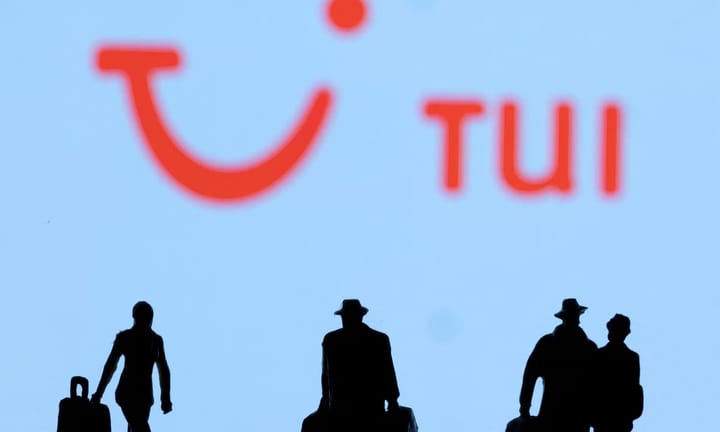Caribbean Hotel Profits See Largest Increase Since 2008


(Antlanta, USA – August 23, 2012) PKF Hospitality Research announced that, according to its newly released 2012 edition of Caribbean Trends in the Hotel Industry, the average Caribbean hotel that participated in the survey experienced a 10 percent increase in Net Operating Income (NOI) in 2011. This is the greatest annual increase in profits since 2008.

“2011 was the first year since the recession where the Caribbean’s hotel industry posted positive growth in all three major top-line performance indicators,” said Scott Smith, senior vice president of PKFC. In the report, PKF-HR noted a 1.0 percent increase in occupancy and a 5.6 percent increase in Average Daily Rate (ADR). This lead to a 6.7 percent increase in Revenue Per Available Room (RevPAR) for the hotels in the survey sample.
“The Caribbean’s economy relies heavily on their hotel industry. In 2008 when the global recession struck, the Caribbean, like many other regions, saw a large decline in tourist visitations. This forced hotel owners and operators to make necessary cuts in employment and services offered,” Smith said. “The lack of employment opportunities for the locals had a large negative impact on their overall economy. Three years later, hotel occupancy is on the rise. This, in turn, has caused employment to begin to increase in the region.”

Unique Operating Environment
The Caribbean’s hotel industry has a very unique operating environment due to the fact that it consists of mostly resort properties. Resorts are different from other types of hotel properties because a high percentage of their revenue comes from sources such as golf, spas and casinos.
Higher operating costs also set the Caribbean apart. For example, food and beverage department expenses average 85.2 percent of revenue at Caribbean resorts, but only average 70.9 percent at comparable U.S. resorts. The high costs can be attributed to the need to ship in much of their food, beverages, equipment and supplies from countries such as the U.S.
Utilities are another cost that run high in the Caribbean and are rising sharply. In 2011, the surveyed properties saw an increase of 12.7 percent in utility expenses from 2010. This is largely due to the fact that many countries in the Caribbean region lack the infrastructure to produce energy at a low cost. When compared to comparable U.S. properties, utility expenses in the Caribbean are 126 percent higher.
On the other hand, property taxes are low in the Caribbean. This is due mainly to government subsidies.

Airlift Issues
The report states that just as it has been in the past, airlift to the region still is a major consideration the Caribbean must face. The region is in need of more airlines providing routes to their islands. “The success of upcoming resorts, as well as the ones already in existence, relies on the expansion of the airlines. With more tourists visiting the region, the Caribbean needs viable transportation for its guests,” Smith noted.
Investing in the Caribbean
“As the economy becomes increasingly more stable, more investors are entering into the Caribbean market. Over the past three years, the Caribbean has seen several hotel development projects halted due to insufficient funding,” Smith added. By the end of 2011, potential development activity began to pick up. According to Smith Travel Research, as of June 2012, there are 135 hotels currently in the Caribbean/Mexican hotel development pipeline. These new properties are expected to attract more visitors to the region which will have a positive effect on the Caribbean’s overall economy.




Comments ()